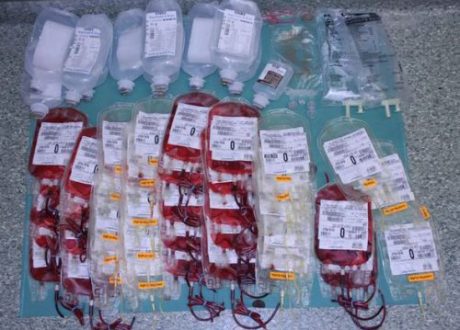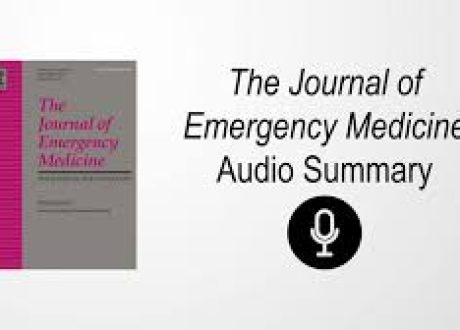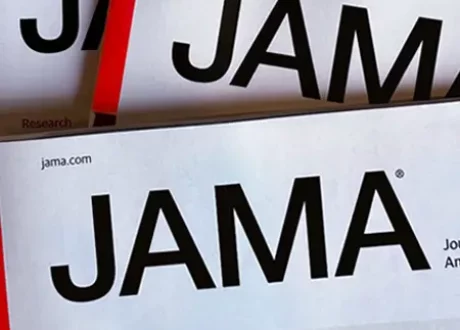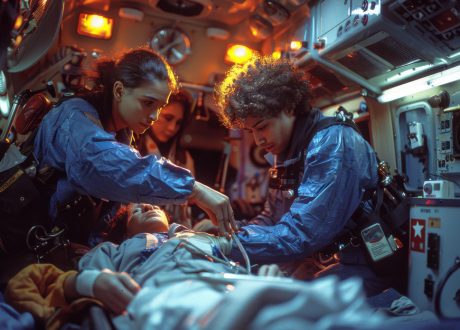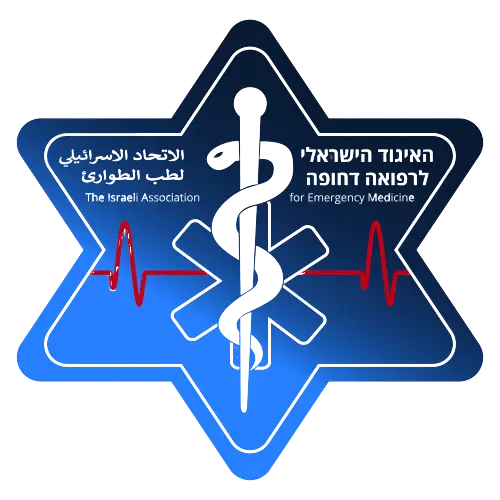Written by Alexander Sheehan and Ketan Patel
![]()
This study shows that ketamine alone is a safe choice for pediatric sedation in the ED, with serious adverse events (AE) occurring rarely, primarily in older children or when opioids are coadministered.
No tube, no trouble – 12,000 kids later, ketamine still crushes it
Procedural sedation is common in the ED, and this study provides one of the most comprehensive and statistically precise evaluations of ketamine’s safety profile to date. It offers critical evidence to guide risk stratification and reinforces best practices in dissociative sedation. Building on prior smaller studies and meta-analyses, this investigation isolates ketamine’s use as a sole agent in the ED, addressing limitations in prior research that involved coadministered sedatives or mixed clinical environments.
This retrospective cohort study analyzed 12,780 pediatric ED ketamine sedations from the Pediatric Sedation Research Consortium. Critical AEs occurred in only 2 patients or 0.016% (95%CI 0.0019–0.057) and high-risk AEs in 67 patients or 0.52% (95%CI 0.41–0.66). The most common AEs were positive pressure ventilation (0.32%) and apnea (0.28%). Independent predictors included age ≥10 years (OR 5.03; 95%CI 3.04–8.33) and opioid coadministration (OR 3.11; 95%CI 1.54–6.26).
Of the critical AEs, one patient required no intervention for suspected aspiration and the other required bag valve mask ventilation and hospitalization for anaphylaxis. Despite these, critical AEs were almost nonexistent and high-risk AEs very rare.
Limitations include reliance on self-reported registry data, introducing potential reporting bias, and heterogeneity in sedation practices across participating institutions. Generalizability may be limited as the data largely reflect elective-focused, structured environments.
How does this change my practice?
At my current institution, ketamine is the first-line option for pediatric procedural sedation. This article reinforces my confidence in that practice. It also emphasizes the importance of reducing unnecessary opioid coadministration to reduce the risk of adverse events.
Source
Emergency Department Ketamine Sedation: Frequency and Predictors of Critical and High-Risk Adverse Events. Ann Emerg Med. 2025 Jun 6:S0196-0644(25)00293-8. doi: 10.1016/j.annemergmed.2025.05.003. Epub ahead of print. PMID: 40481829



